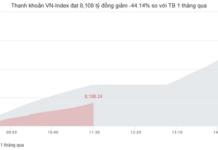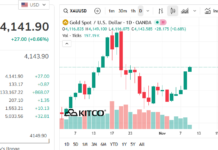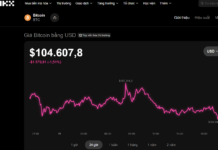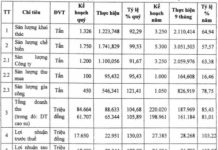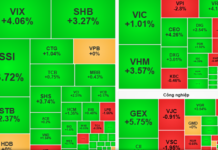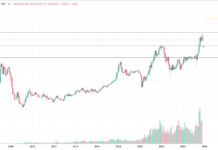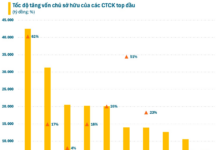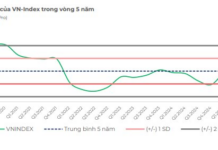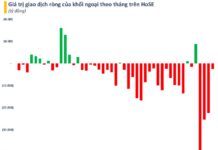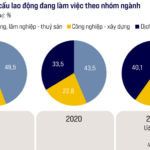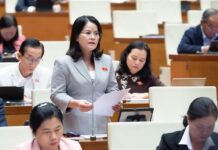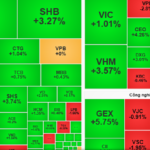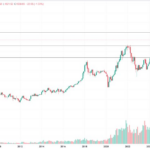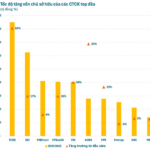At a regular monthly press conference in July 2025, Deputy Minister of Finance Nguyen Duc Chi shared that the ministry had received various proposals and opinions when studying adjustments to the personal income tax exemption amount.
“While dividing the exemption amount by region or locality would better reflect the differences in living costs, this approach also presents challenges and limitations in implementation,” said Deputy Minister Chi.
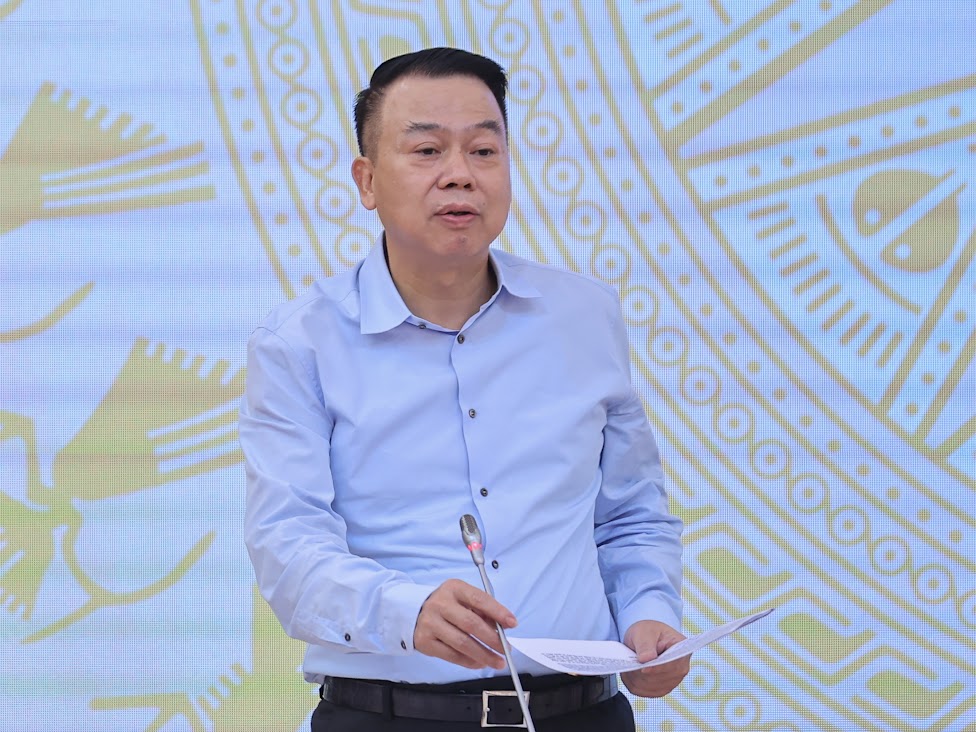
Deputy Minister of Finance Nguyen Duc Chi, Photo: VGP/Nhat Bac
He added that there are significant differences even within a province or city, such as between the central and suburban areas of Hanoi or Ho Chi Minh City. Applying an area-based exemption would be challenging to ensure feasibility and absolute fairness.
The Ministry of Finance is currently seeking feedback on two proposed options:
Option 1: Adjust the personal income tax exemption amount based on the current consumer price index (CPI).
Option 2: Adjust the exemption according to the growth rate of per capita income and GDP.
“Most opinions favor the second option. The ministry is finalizing calculations based on GDP data from 2020 until now, which will be submitted to the Government and the National Assembly’s Standing Committee for consideration according to the law-making process,” the Deputy Minister informed.
The draft Law on Personal Income Tax, which the ministry is developing, includes notable reforms. The progressive tax rate schedule is simplified from seven to five brackets while widening the range to reduce tax rate differences among income groups. The law also authorizes the Government to flexibly adjust the exemption amount based on socio-economic changes and allows deductions for actual medical and educational expenses before tax calculation.
The scope of taxable income is expanded to include new sources such as e-commerce, digital assets, carbon credits, vehicle license plates, and internet domain names. For real estate transfers, the draft proposes a tax rate based on the holding period to curb speculation. Meanwhile, the tax exemption threshold for business individuals is expected to increase from VND 100 million to VND 200 million per year.
Additionally, the draft supplements regulations on tax exemption and reduction, updates the withholding process, determines the timing of income recognition, and clarifies the responsibilities of the income-paying party, aiming for a simple, transparent, and digital economy-compatible tax system.
“Regional Tax Breaks: A Conversation with the Ministry of Finance on Exemptions for Hanoi and Ho Chi Minh City”
“The proposal to vary personal exemption amounts based on geographical regions stems from the acknowledgment of varying living standards across different areas of the country by the Ministry of Finance. This initiative aims to address the disparities and ensure a more equitable tax system for all citizens.”
The Evolution of Structural Dynamics
“Development is often likened to ‘running and queuing simultaneously’. Speed is represented by ‘running’, while structure is represented by ‘queuing’. Queuing is fundamental and long-term; it not only affects the running speed but also influences various states of stability and crisis, agriculture-based or industrial-based economies, and market-oriented or non-market-oriented economies. Given its significance, structure and structural transformation deserve greater attention.”
The Economy Lights Up in Vibrant Shades of Optimism
According to the Ministry of Planning and Investment, Vietnam’s GDP growth in 2024 is estimated to surpass 7%, outperforming the set target range of 6%-6.5%.





